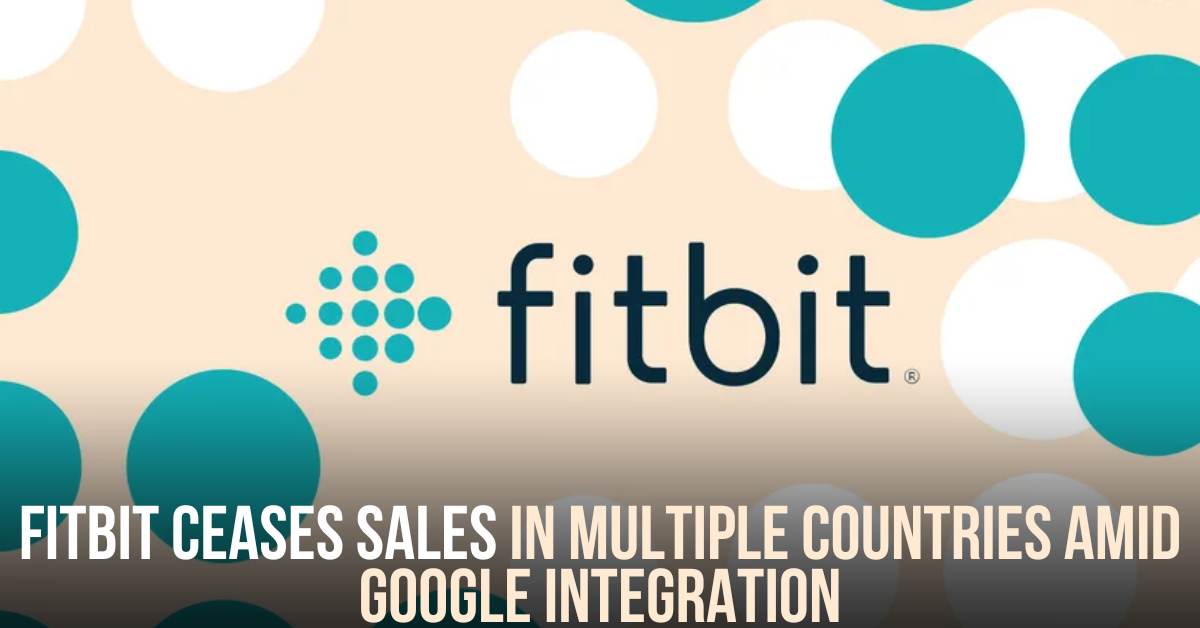In a recent turn of events, Fitbit, the popular fitness tracker and smartwatch manufacturer, has stopped selling its products in several countries across Europe, Asia, and Latin America. This decision, stemming from Google’s acquisition of Fitbit in early 2021, has left customers and tech enthusiasts with mixed feelings. In this article, we will delve into the details and implications of Fitbit’s withdrawal from these markets.
Where Fitbit Is No Longer Available
Fitbit’s withdrawal from several countries has been officially confirmed through its support pages. The list of affected countries includes Croatia, the Czech Republic, Estonia, Hong Kong, Hungary, Korea, Latvia, Lithuania, Luxembourg, Malaysia, Mexico, the Philippines, Poland, Portugal, Romania, Slovakia, Thailand, and “the broader Latin American countries.” Additionally, South Africa is among the regions affected by this change, according to an interview with TechCentral.
Google’s Decision and Implications
Google, as the parent company of Fitbit, has cited the need to “align our hardware portfolio to map closer to Pixel’s regional availability” as the reason behind this decision. While Google has not provided specific details on this realignment, it implies that the tech giant aims to streamline the availability of its hardware products, focusing on regions where its Pixel lineup is more prominent.
This move raises questions about Google’s strategic vision for its wearable technology. Fitbit has traditionally enjoyed global recognition, even as the popularity of smartwatches surged, challenging fitness trackers. It was widely seen as a way for Google to maintain its global customer base, especially in the health and fitness tech sector. However, the decision to curtail Fitbit’s presence in multiple countries seems to signal Google’s focus on the Pixel brand for its wearable ambitions.
Impact on Existing Customers
While Fitbit has halted new product sales in these regions, the company has assured existing customers that they will continue to receive support. This support includes software updates, security patches, warranty services, and customer assistance. However, there have been some inconveniences, particularly for Fitbit Premium subscribers.
Fitbit Premium auto-renewals were discontinued in Asia as of August 11th and in Europe as of October 23rd. Customers affected by this change were granted a free month of Premium access before reverting to the basic plan. Fitbit offered these subscribers the option to resubscribe to regain access to Premium features.
You may be interested in our other articles about technology if you enjoyed this one:
- Windows 11 KB5031455 Update Woes: Installation Failures and Game Crashes
- How to Unlock UK Netflix with the Best VPN?
The Growing Pains of Google-Fitbit Integration
The decision to limit Fitbit’s availability in various countries is another development in the ongoing integration of Fitbit into the Google ecosystem. This integration has not been without its challenges and adjustments, and it appears that the strategic direction of the two brands is evolving. While Fitbit’s worldwide presence is commendable, Google’s preference for focusing on regions where its Pixel products are more widely available may indicate the direction it intends to take with its wearables.
The move highlights the competitive nature of the wearables market, with Google likely aiming to consolidate its efforts and resources to compete effectively in the space. However, it may come as a disappointment to Fitbit enthusiasts in regions where the brand is no longer available.
In conclusion, Fitbit’s decision to halt sales in multiple countries as part of its integration with Google is a notable development in the tech industry. It underscores the evolving strategy of these two major players and raises questions about the future of wearables in the Google ecosystem. Existing Fitbit customers can still enjoy support, but the company’s realignment and Google’s focus on regional availability highlight the dynamic nature of the tech landscape.



